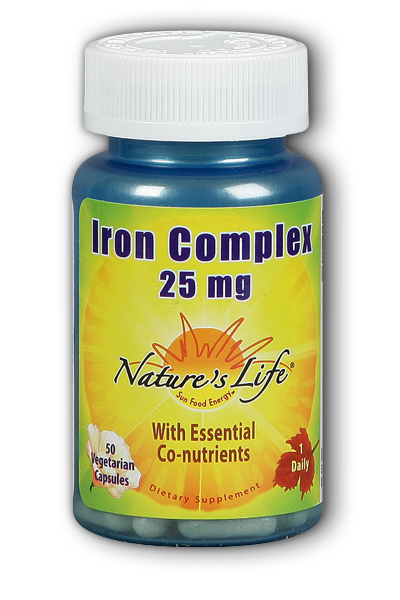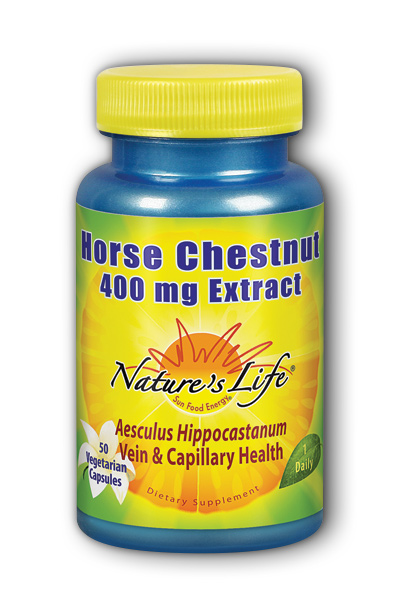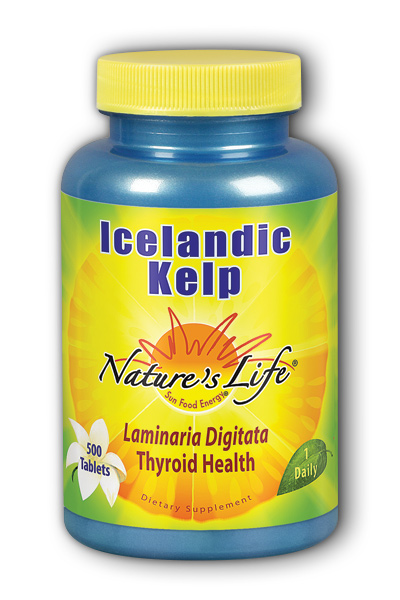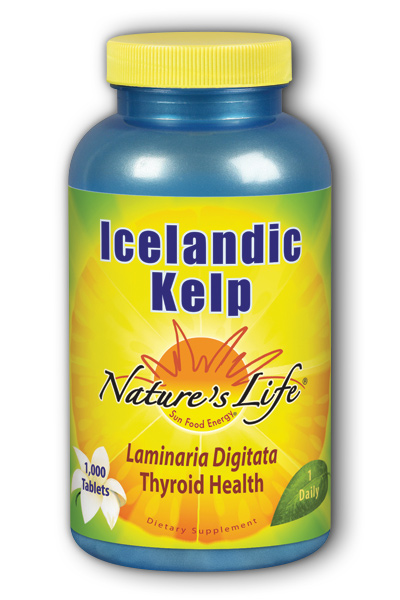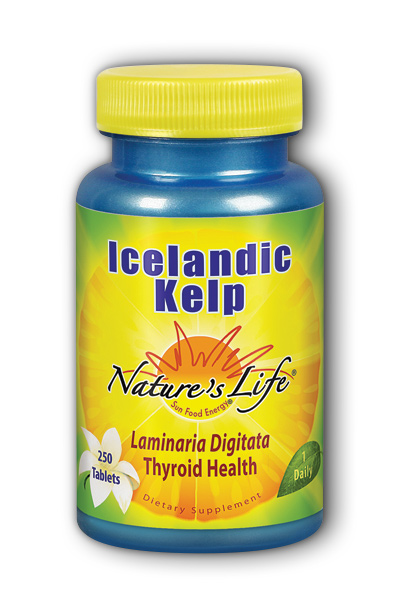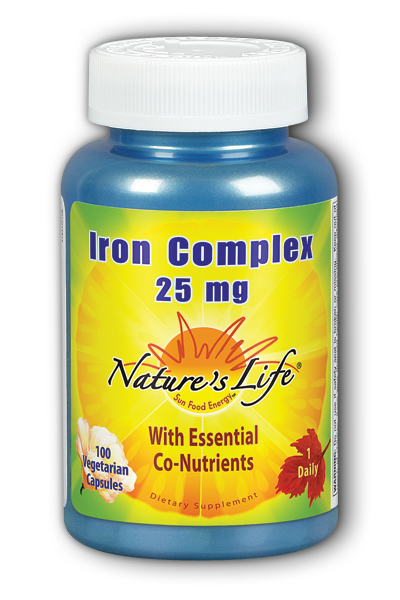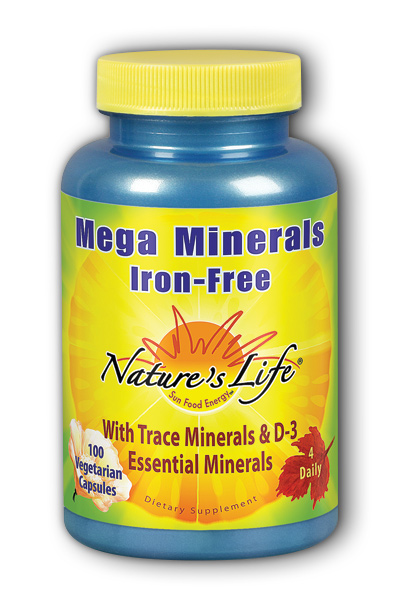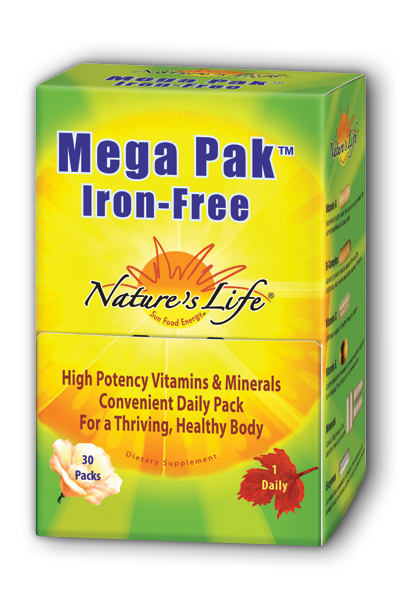- *MSRP:
$7.59- Our Price:
- $6.45
- Subscribe and Save:
- $4.49ea.
- Buy: at $6.45
- UPC: 040647002265
- # 15226
Nature's Life Iron Complex: The Lifeline Your Red Blood Cells NeedNature's Life Iron Complex is a scientifically formulated blend of vital nutrients designed to optimize your health. This complex, with its rich blend of iron, B-vitamins, and other essential minerals, is the cornerstone for maintaining the health of your red blood cells and improving oxygen transportation within your body. Iron Complex has its roots in years of scientific research and understanding of human biology. Our understanding of the human body's need for iron and other essential nutrients, paired with our commitment to quality, led us to create this unique blend. Iron is an essential mineral that helps in the formation of red blood cells (RBCs), which carry oxygen throughout the body. Riboflavin (B2), Vitamin B6, Folic Acid, and Vitamin B12 work synergistically with iron to further enhance the formation and health of RBCs. Copper and Manganese are included for their roles in building healthy blood. We understand our customers are looking for a supplement that not only meets their nutritional needs but also supports their overall health. Our Iron Complex does this by ensuring your red blood cells have the nutrients they need to transport oxygen efficiently. This results in improved energy levels, better cognitive function, and overall improved well-being. Unique Selling Points:
Additional Helpful Tips:
Don't let a deficiency hold you back. Equip your body with the nutrients it needs to function optimally! Try Nature's Life Iron Complex, the powerhouse combination of iron and essential nutrients that your body needs to maintain the health of your red blood cells and improve oxygen transportation. Are you ready to unlock the full potential of your health? Make the proactive choice today and add Nature's Life Iron Complex to your cart!
WARNING: Use only as directed. Keep out of the reach of children. Not for use by persons under the age of 18. Consult a licensed health care practitioner before using this product, especially if you are pregnant or nursing. Accidental overdose of iron-containing products is a leading cause of fatal poisoning in children under six. In case of accidental overdose, call a doctor or poison control center immediately.DIRECTIONS: Take one (1) vegetarian capsule daily with food. Store in a cool, dry place.
| ||||||||||||||||||||||||||||||||||||||||||||||||||||||||||||||||||
Helpful Customer Reviews
Supplemental Information

